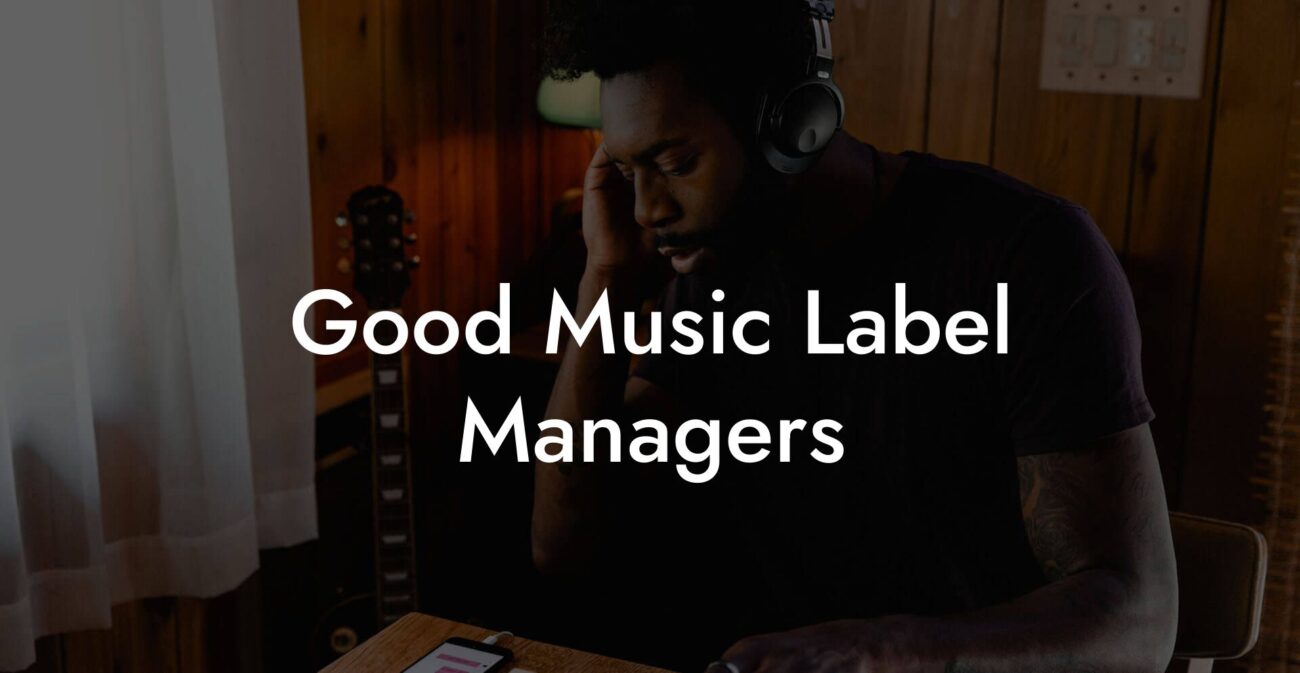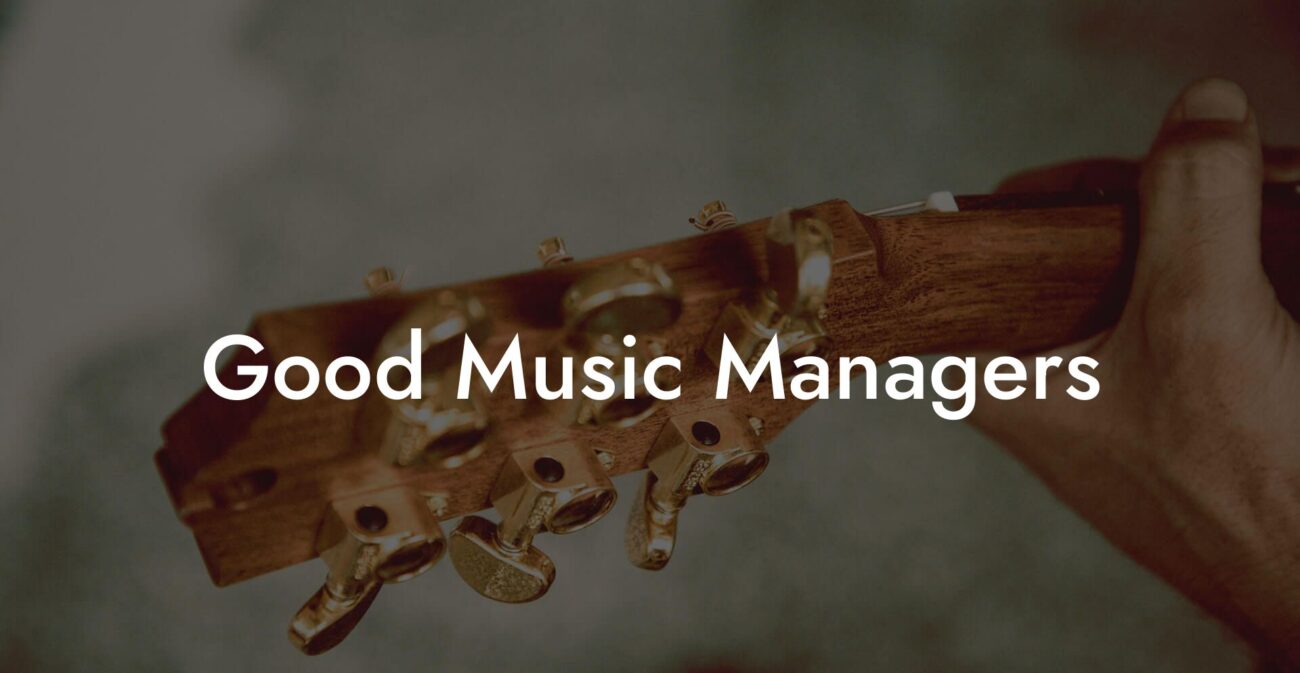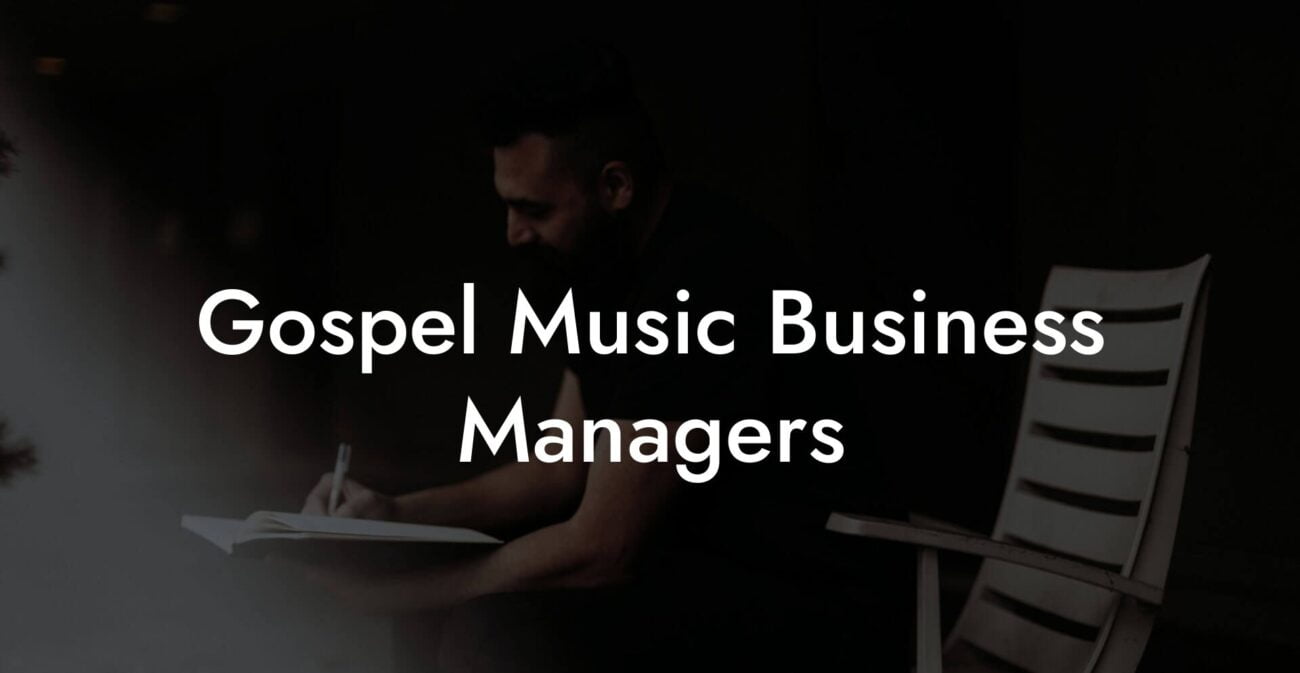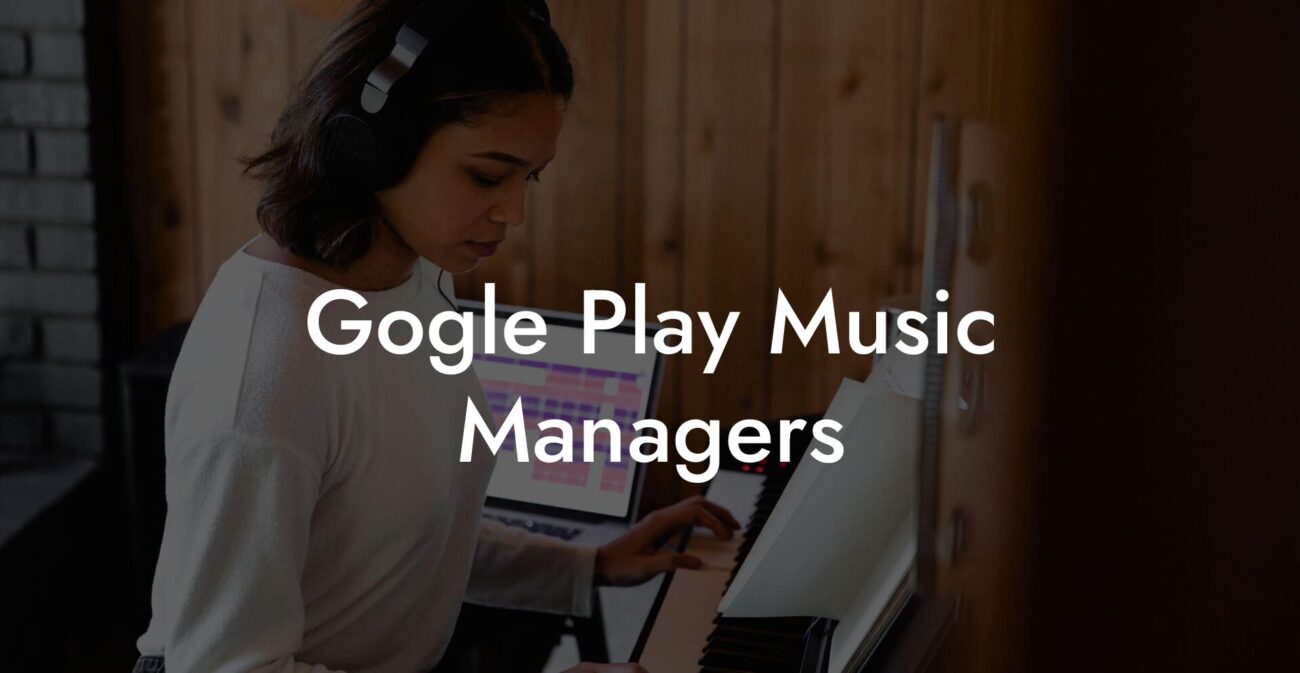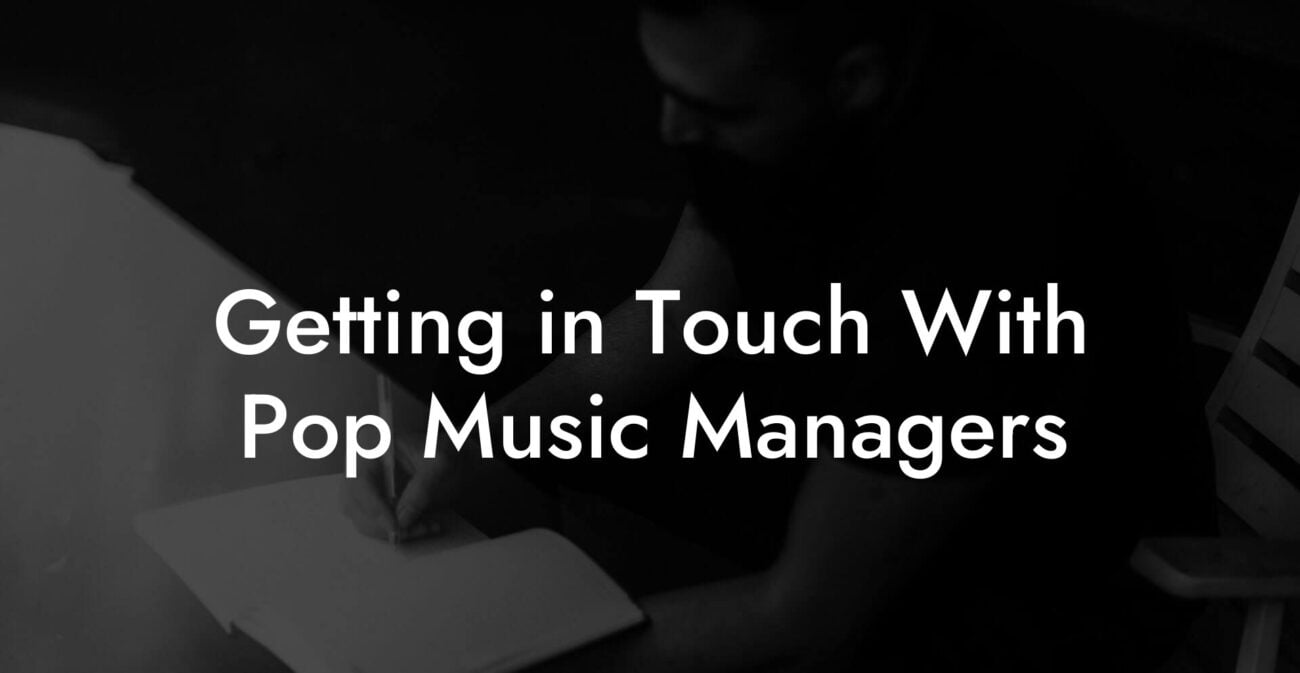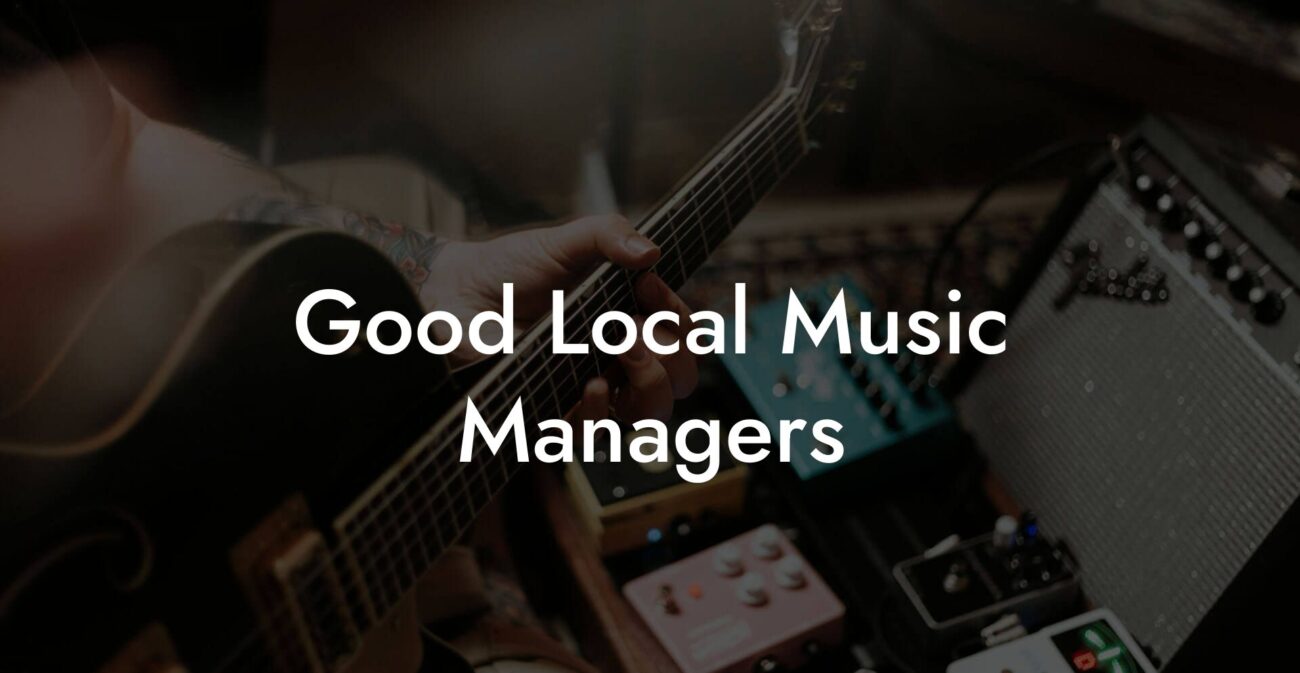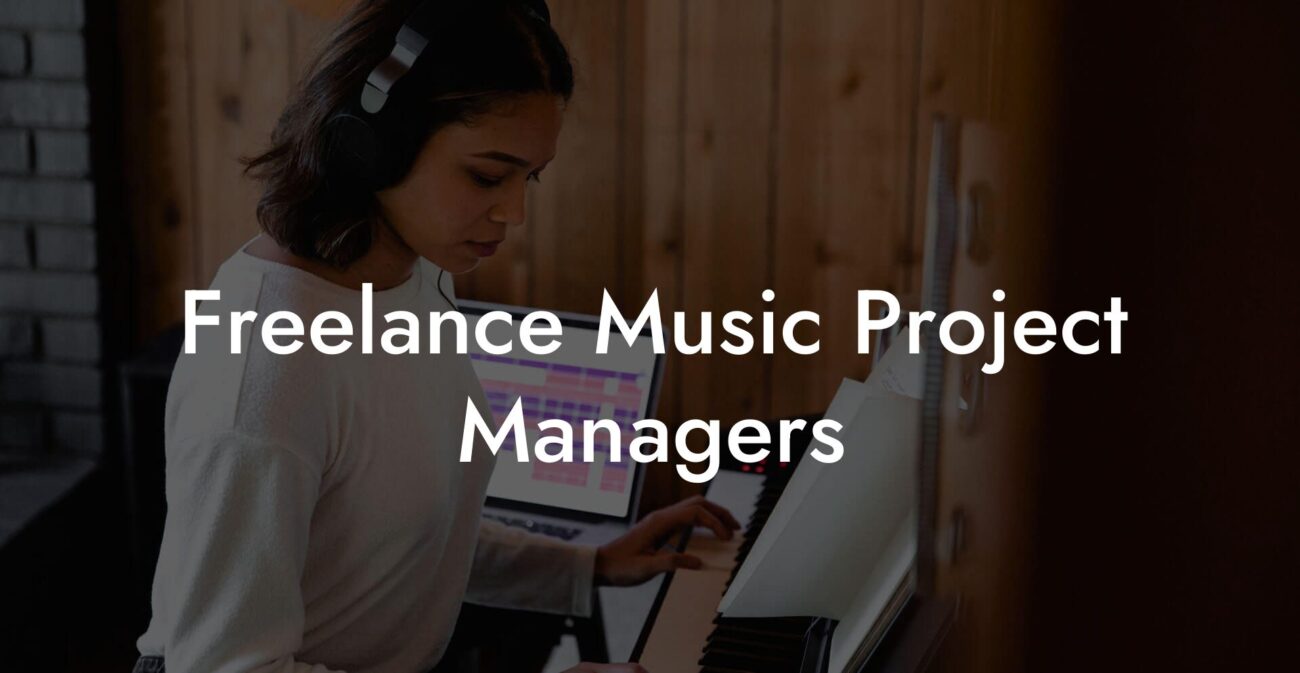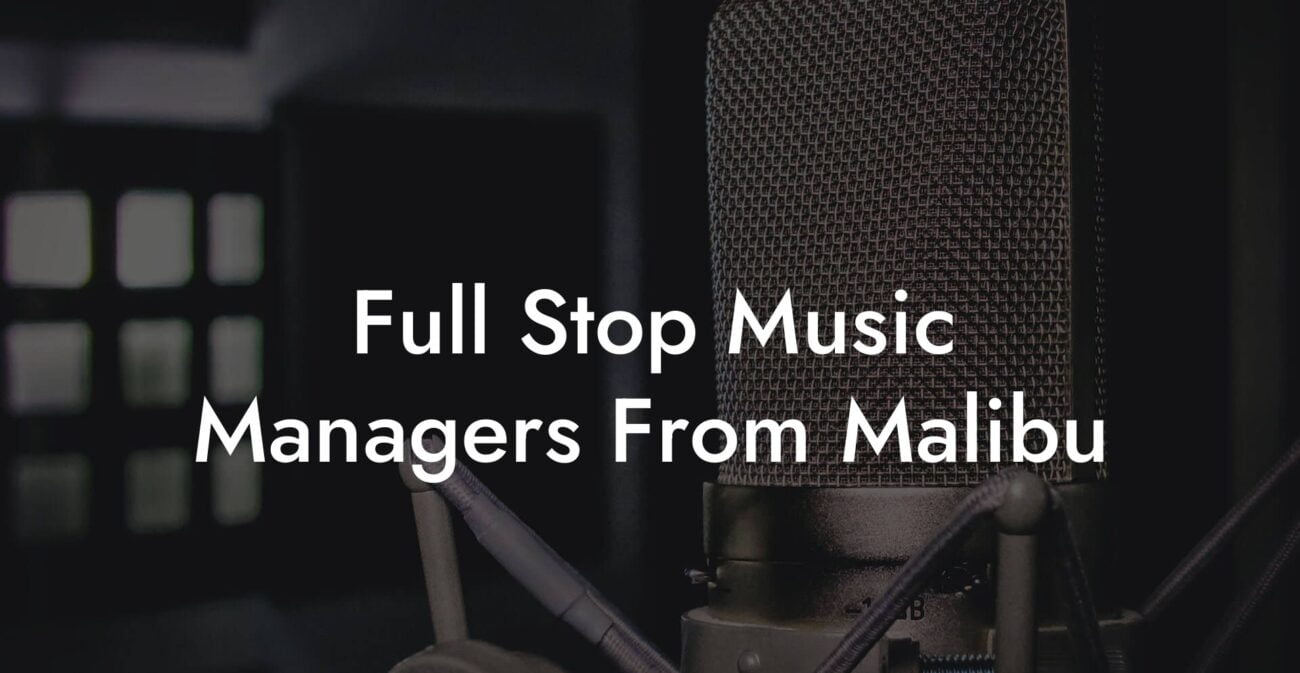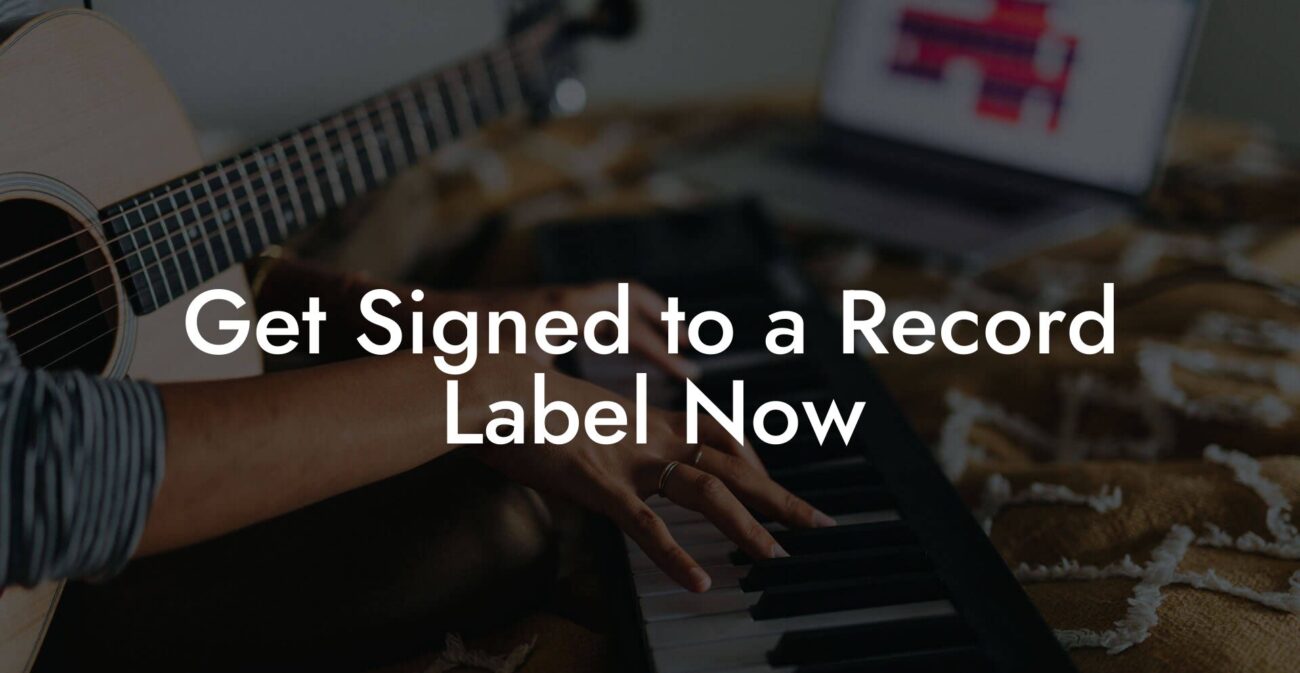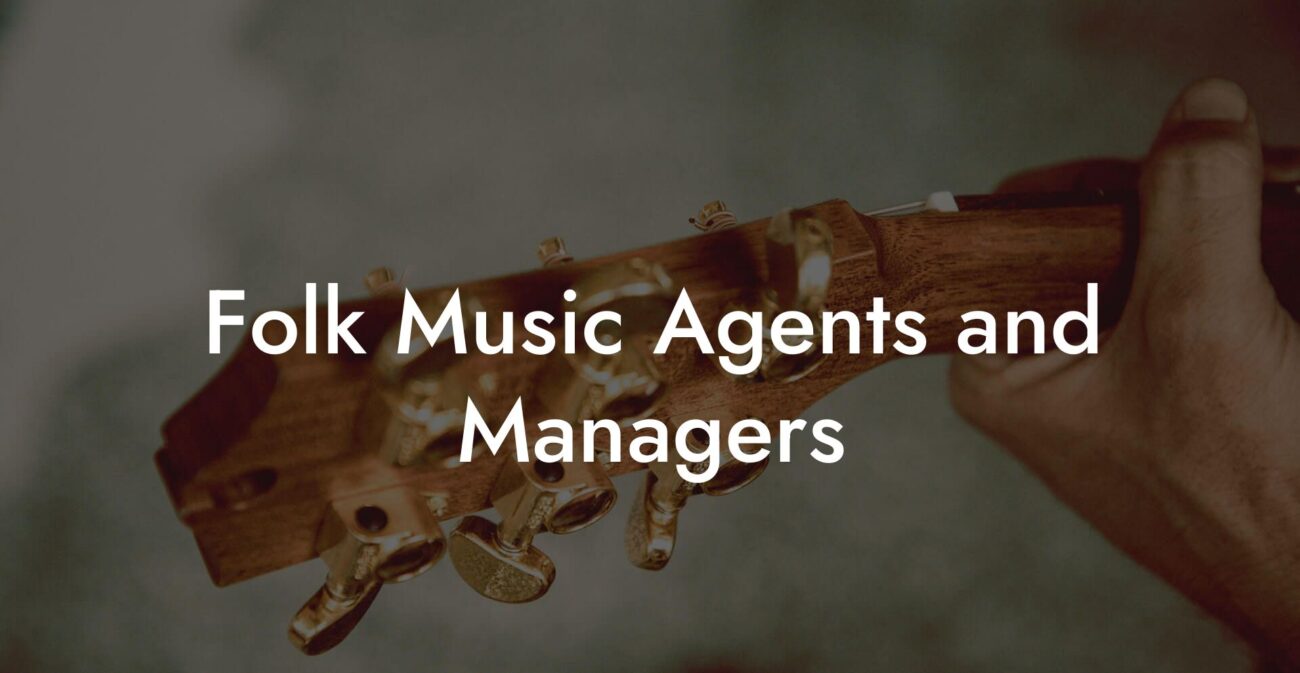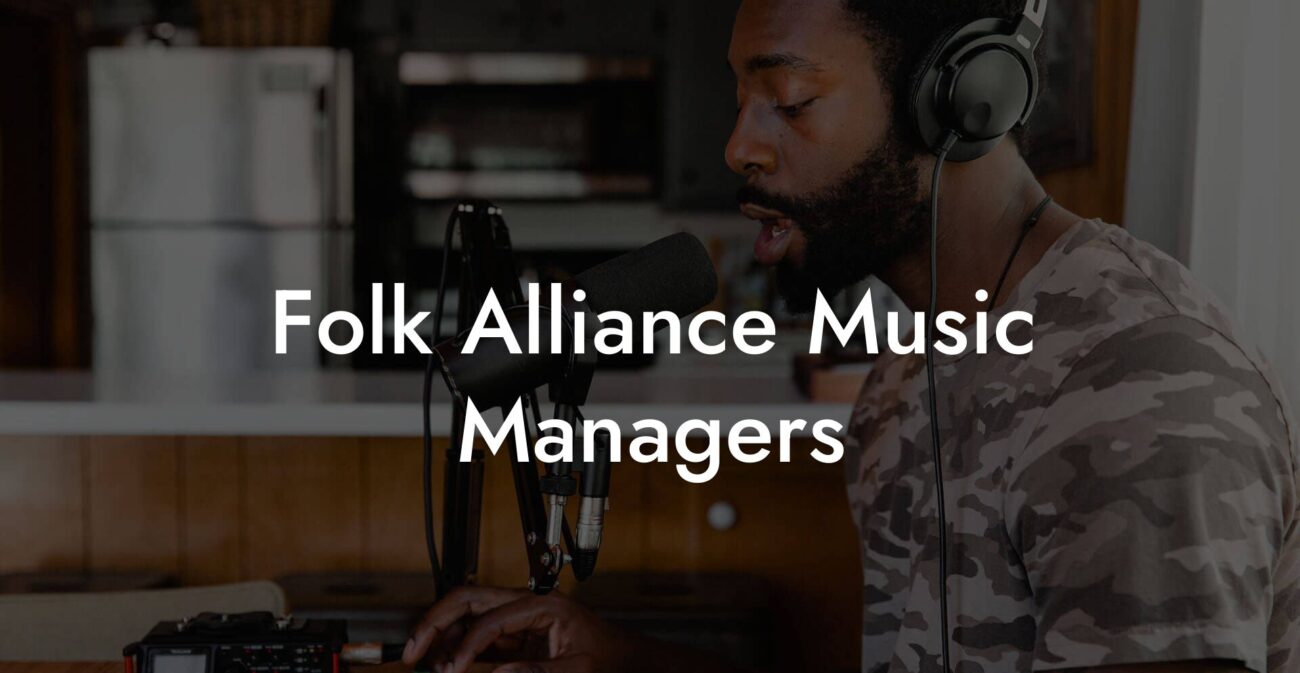Songwriting Advice
Make A Piano Song

Ever sat down at your piano, fingers hovering over the keys, and thought, “I could totally make a piano song that slays”? Whether you’re a bedroom composer or a musical adventurer looking to unleash your inner Mozart (or maybe just a funky remix of Mozart), this guide is your backstage pass to crafting a piano song that not only sounds awesome but also feels truly you. Grab your favorite snacks, turn on your most epic playlist, and let’s dive into the creative process of making a piano song that’s guaranteed to make you the hit of your next virtual jam session.
Looking for the ultimate cheatsheet to skyrocket your music career? Get instant access to the contact details of the gatekeepers of the music industry... Record Labels. Music Managers. A&R's. Festival Booking Agents. Find out more →
Quick Links to Useful Sections
- Discovering Your Muse: The Art and Science of a Piano Song
- Where to Begin: Laying Down the Foundations for Your Piano Song
- 1. Capture the Vibe
- 2. Develop a Central Theme or Story
- 3. Outline a Basic Structure
- 4. Experiment with Piano Chord Progressions
- Diving into Composition: Step-by-Step Guide to Crafting Your Piano Melodies
- Step 1: Establish the Key and Tempo
- Step 2: Create a Captivating Intro
- Step 3: Develop the Core Chord Progression
- Step 4: Write a Memorable Melody
- Step 5: Integrate Lyrics with Lyric Assistant
- Step 6: Experiment with Dynamics and Rhythm
- Step 7: Arrange Your Ideas
- Getting Technical: Mastering Piano Techniques for Songwriting
- Piano Scales and Arpeggios
- Chord Voicing and Inversions
- Dynamic Control
- Rhythmic Complexity
- Songwriting Inspiration and Creative Hacks for Modern Musicians
- Embrace Digital Creativity
- Collaborate and Connect
- Mix Up Your Environment
- Keep a Creative Journal
- Resources and Community Support: Your Next Steps
- Online Tutorials and Masterclasses
- Songwriting Communities and Forums
- Local Workshops and Meetups
- Leverage Digital Tools
- Real Life Success Stories: Case Studies in Piano Song Creativity
- Case Study 1: The Accidental Hit
- Case Study 2: From Blank Page to Billboard
- Case Study 3: Collaborating Across Continents
- Pushing Your Boundaries: Advanced Techniques and Experimentation
- Layering Sounds and Harmonies
- Exploring Modulation and Key Changes
- Integrating Modern Production Techniques
- Integrating Your Unique Style: Finding the Balance Between Tradition and Innovation
- Frequently Asked Questions About Making a Piano Song
- Embody Your Musical Journey: The Road Ahead
Discovering Your Muse: The Art and Science of a Piano Song
Before you hit the keys, it’s important to understand that every piano song starts with an idea—a spark of inspiration that can come from anywhere: a late-night conversation with your best friend, a random tweet that just vibes with your mood, or even a cloud that looked oddly like your favorite emoji. The creative process is as unpredictable as a cat video binge on YouTube. It’s about mixing that raw emotion with a bit of structure, turning chaos into music, and letting your creativity flow like a river of catchy chord progressions.
The magic trick? Merging your feelings with some solid music theory. Think of it as creating a recipe where emotion is the secret sauce and theory provides the necessary ingredients—scales, chords, and progressions. With this dynamic duo, you’re all set to compose a piece that’s uniquely yours while still hitting all the right notes.
As you map out the feel of your song, tap into your favorite inspirational tracks, experiment with different piano sounds, and remember that every misplayed note is just another step toward perfection. After all, even the best musicians have had moments where they accidentally invented an entirely new genre.
Where to Begin: Laying Down the Foundations for Your Piano Song
The journey to making a piano song may seem daunting, but it really boils down to a few key steps that you can tackle one by one. Think of this process like assembling your very own playlist of creative tasks:
1. Capture the Vibe
Before you get into the technicalities, take a moment to figure out the vibe you want your song to emit. Are you aiming for a soulful ballad reminiscent of those tear-jerking indie hits, or a peppy tune that makes you want to dance like you’re in a TikTok challenge? Decide on the mood, and let it guide your creative choices.
2. Develop a Central Theme or Story
A memorable piano song often tells a story, whether it’s about love, loss, or an epic triumph over that dreaded Monday morning. Write down a few words or phrases that capture the essence of your story. This theme will act as the backbone of your composition, giving your notes and lyrics a purpose.
3. Outline a Basic Structure
Just like every hit song has a hook, verse, and bridge, your piano song needs a clear structure to guide the listener through your musical journey. Start with a rough outline: Consider a soft intro to set the mood, a dynamic verse to build the emotion, a catchy chorus that everyone can sing along to, and perhaps a bridge that offers an unexpected twist. Don’t worry if you tweak and change this structure later on—the creative process is all about exploring different possibilities.
4. Experiment with Piano Chord Progressions
Your piano song’s soul lies in the chords. Experiment with different chord progressions on your keyboard. Even if you’re not a theory wizard, try playing around with common progressions like I–V–vi–IV or let your intuition guide you through unexpected harmonic choices. The interplay between major and minor chords can evoke different emotions, so have fun with it!
Diving into Composition: Step-by-Step Guide to Crafting Your Piano Melodies
Now that you have a strong foundation, it’s time to roll up your sleeves and get into the nitty-gritty of composition. Here’s your step-by-step guide to turning your vision into an actual piano song:
Step 1: Establish the Key and Tempo
Begin by deciding on the key (or keys) that best match the mood of your song. Are you feeling major and upbeat, or minor and moody? Once settled, choose a tempo that reflects your intended vibe. This step sets the pace—both literally and figuratively—and anchors the entire piece.
Step 2: Create a Captivating Intro
The intro is your chance to grab attention. It should tease the listener with hints of what’s to come without giving away the entire story. Try using an unexpected chord progression or a rhythmic pattern that feels both fresh and intriguing. Your intro is like that epic movie trailer—you want it to be memorable and full of promise.
Step 3: Develop the Core Chord Progression
With your intro laid out, move on to crafting a chord progression that forms the backbone of your song. This is where you can experiment with voice leading and harmonic variations. Use inversions and add embellishments to create a progression that’s both engaging and emotionally resonant. Remember, subtle variations can make all the difference in maintaining your audience’s interest.
Step 4: Write a Memorable Melody
The melody is the heart of your piano song. It’s what people will hum later when they’re stuck in traffic or trying to remember that one killer chorus. Start by improvising over your chord progression, letting your fingers and heart guide you. Don’t be afraid to experiment—sometimes the best melodies come from a moment of happy accident or playful improvisation.
Step 5: Integrate Lyrics with Lyric Assistant
Song lyrics provide context and emotion to your melody. If you’re feeling lucky, you can start penning down your thoughts right away. But what if the words aren’t flowing as smoothly as your chords? That’s where Lyric Assistant comes to the rescue. Tailored for modern musicians, this handy tool helps you effortlessly craft lyrics that stick. Whether you’re stuck on a rhyme or crafting a full verse, think of Lyric Assistant as your co-writer—there to smooth out bumps and add that extra lyrical sparkle.
Step 6: Experiment with Dynamics and Rhythm
A song that maintains a steady dynamic is far more engaging than one that stays flat. Play around with varying the loudness, tempo, and rhythm throughout your composition. Drop in a soft, reflective interlude or ramp up to a powerful crescendo when the moment is right. It’s all about creating an emotional rollercoaster that captures your listener’s attention from start to finish.
Step 7: Arrange Your Ideas
Now that you have the main components—a compelling intro, a solid chord progression, a catchy melody, and meaningful lyrics—it’s time to arrange everything. Think of this as piecing together a musical puzzle. Experiment with the order of verses, choruses, and bridges until your song feels balanced and flowing. Use sections of silence strategically to build tension and give your listener a moment to soak in the vibe.
Concluding each of these steps brings you closer to a piano song that feels both deliberate and spontaneous, a true testament to your personal style and musical intuition.
Getting Technical: Mastering Piano Techniques for Songwriting
While creativity is the beating heart of songwriting, technical skills are the muscles that let you execute your vision with precision. Let’s talk about some key piano techniques that can elevate your song from “nice try” to “mic drop.”
Piano Scales and Arpeggios
Scales are the building blocks of any composition. They not only help you understand the key of your song but also provide endless opportunities for creating intricate melodies and improvisations. Arpeggios, on the other hand, break chords into their constituent notes and can add a layer of sophistication to your playing. Incorporate both scales and arpeggios into your practice sessions to enhance fluidity and versatility in your compositions.
Chord Voicing and Inversions
Don’t be afraid to mix things up with chord voicing—an art that involves rearranging the notes of a chord in different orders. Inversions are particularly handy for creating smooth transitions between chords and adding unexpected color to your progressions. Play around with these techniques until you discover voicings that make your piano song uniquely captivating.
Dynamic Control
Dynamics refer to the variation in loudness throughout your performance. Mastering the art of playing softly during intimate moments and boldly during climactic parts can emphasize the emotional highs and lows of your song. Experiment with techniques like staccato (short, detached notes) and legato (smooth, connected notes) to create contrasting textures that keep your audience engaged.
Rhythmic Complexity
Rhythm is what makes your song groove. Try mixing up simple beats with complex syncopated rhythms to give your composition a distinctive pulse. Don’t worry about sticking strictly to conventional time signatures—feel free to experiment with off-beat rhythms or polyrhythms that challenge both you and your listeners. Ultimately, the right rhythm can turn an average tune into a head-bopping, foot-tapping masterpiece.
As you work through these techniques, remember that practice doesn’t have to be a chore. Make it fun by improvising and recording your sessions with a smartphone app. Over time, these technical skills will become second nature, allowing your natural creativity to shine through more effortlessly.
Songwriting Inspiration and Creative Hacks for Modern Musicians
The creative process isn’t always a linear journey. Sometimes, you might hit a wall, only to find inspiration in the most unexpected places. For the Gen Z and millennial musician, creativity is often intertwined with technology, social media trends, and a global community that’s always connected.
Embrace Digital Creativity
In the digital age, inspiration is abundant. Use your smartphone to record random melodies, capture interesting sounds with your favorite audio app, or even experiment with AI-powered music generators for that extra spark. Tools like Lyric Assistant not only help with writing words but can also offer cool thematic suggestions that mesh perfectly with your piano composition.
Collaborate and Connect
Feeling stuck? Collaboration is the secret sauce for many hit songs. Team up with other musicians, join online songwriting challenges, or simply jam with friends over a video call. There’s something magical about blending different musical influences—it often leads to fresh ideas and innovative arrangements that you never would have thought of on your own.
Mix Up Your Environment
Changing your scene can do wonders for your creativity. Try writing by a window with a view, set up a makeshift studio in your living room, or take your keyboard to your favorite park. Sometimes, a new environment can unlock creative ideas, turning mundane moments into bursts of artistic brilliance.
Keep a Creative Journal
Ideas can hit you at any time—on the bus, in a shower, or during a late-night scrolling session. Keep a small notebook or use an app to jot down snippets of melody, lyric ideas, or even a cool rhythm you overheard. Over time, these fragments can be pieced together to form the basis of your next epic piano song.
Resources and Community Support: Your Next Steps
Every great musician needs a community, and there’s no shortage of resources out there to support your creative journey. Whether you’re looking for guidance, feedback, or new collaborations, check out these avenues to elevate your piano songwriting game:
Online Tutorials and Masterclasses
With platforms like YouTube, Skillshare, and even Instagram Live sessions, you can learn everything from basic piano techniques to advanced composition tips. Look for piano tutorials that focus on songwriting, chord progression hacks, and even modern production tricks that give your track an extra edge.
Songwriting Communities and Forums
Join online communities where musicians share tips, exchange ideas, and collaborate on projects. Websites like Reddit’s r/Songwriting or dedicated Discord channels offer a space to network, seek advice, or even find collaborators who share your musical vision. Being a part of a community not only keeps you motivated but also opens the door to new perspectives and creative insights.
Local Workshops and Meetups
Check out local music schools, workshops, or meetups in your city where you can meet like-minded musicians face-to-face. Whether it’s a jam session at a local café or a workshop on songwriting techniques, the real-world interaction can provide the inspiration and accountability you need to keep growing as a musician.
Leverage Digital Tools
Finally, don’t forget to harness the power of digital tools like Lyric Assistant. Tailored for modern songwriters, this platform can help you effortlessly generate lyric ideas that match the vibe of your piano composition. Using smart algorithms and user-friendly interfaces, Lyric Assistant is designed to take your creative process to the next level—so you spend less time staring at a blank page and more time making music.
Real Life Success Stories: Case Studies in Piano Song Creativity
There’s nothing more inspiring than hearing success stories from fellow musicians who have turned their creative sparks into blazing hits. Here are a few real-life case studies of musicians who crafted unforgettable piano songs, each with their own twist:
Case Study 1: The Accidental Hit
Taylor, a self-taught musician, started messing around on his old piano one rainy afternoon. With no plan in mind, he played a shabby chord progression and started humming a melody that felt half-awake at dawn. Deciding to capture the moment, he recorded his jam on his phone and later worked his way through refining the melody and lyrics using Lyric Assistant. Before he knew it, his impromptu tune went viral on social media—a reminder that sometimes, the best piano songs come from moments of pure, unscripted creativity.
Case Study 2: From Blank Page to Billboard
Mia was facing a serious bout of writer’s block, unable to piece together even a simple melody. Determined to break through, she joined an online songwriting challenge and decided to reinvent her approach by focusing on the emotions behind the notes. With the aid of Lyric Assistant to jumpstart her lyric ideas and a steady stream of piano practice, Mia transformed her frustration into an evocative ballad that resonated deeply with her listeners. Her song not only climbed the digital charts but also marked the beginning of her journey as a professionally recognized artist.
Case Study 3: Collaborating Across Continents
Raj and Zoe, two budding musicians from opposite sides of the globe, connected through an online forum for musicians. Sharing a love for piano-driven melodies, they decided to collaborate on a song that blended their distinct cultural influences. Using digital collaboration tools and a shared vision nurtured by platforms like Lyric Assistant, they composed a track that combined soulful melodies with international flair. Their collaboration not only enriched their musical repertoires but also demonstrated the power of modern technology in bridging creative minds worldwide.
These stories remind us that every piano song—no matter how spontaneous or meticulously planned—carries the potential to resonate with others, spark inspiration, and maybe even change a life.
Pushing Your Boundaries: Advanced Techniques and Experimentation
When you’ve nailed the basics, it’s time to step up your game and push your creative boundaries. Experimentation is the lifeblood of innovation—so don’t be afraid to mix genres, incorporate unconventional sounds, or challenge your own expectations.
Layering Sounds and Harmonies
A piano song doesn’t have to be just a single melodic narrative. Try layering harmonies, counter-melodies, or even subtle electronic textures over your piano track. Experimenting with layered sound can transform your composition into a rich soundscape that offers depth and dimension.
Exploring Modulation and Key Changes
Keep your listeners on their toes by incorporating key changes or modulating between different musical segments. This technique can surprise the audience at just the right moment, creating an emotional shift that elevates your song’s impact.
Integrating Modern Production Techniques
Today’s technology allows you to do so much more than just press the keys. Explore digital audio workstations (DAWs) to experiment with effects such as reverb, delay, or even unconventional loops and samples that complement your piano work. These production techniques can add a modern twist to your song, making it stand out in a crowded digital space.
As you try out these advanced strategies, remember that every experiment brings you closer to discovering your personal sound—one that defies expectations and boldly redefines what a piano song can be.
Integrating Your Unique Style: Finding the Balance Between Tradition and Innovation
There’s an art in balancing classic piano techniques with the bold, innovative impulses of modern music. Your song can honor the timeless traditions of piano composition while simultaneously breaking new ground. Experiment with mixing classical melodic structures with cutting-edge digital sounds, or blending traditional chord progressions with unexpected rhythmic twists.
This juxtaposition creates a signature sound that’s all your own—one that resonates with both the nostalgia of yesteryear and the vibrant pulse of today. Embrace the freedom to experiment, knowing that every misstep is simply a stepping stone toward a richer, more creative sound.
Frequently Asked Questions About Making a Piano Song
Below are some of the most common questions about crafting a piano song, answered to help you navigate every facet of the creative process.
1. Do I need to be a professional pianist to write a great piano song?
Absolutely not! Whether you’re a self-taught musician or someone who’s just starting out, creativity and passion often outweigh technical perfection. Experiment, learn as you go, and use tools like Lyric Assistant to support your creative process along the way.
2. How do I choose the right chord progression for my song?
It starts with understanding the mood you want to convey. Experiment with common progressions like I–V–vi–IV, but don’t be afraid to try new combinations. Listening to your favorite songs for inspiration can guide your creative choices.
3. What role does tempo play in songwriting?
Tempo sets the pace and overall energy of your song. A faster tempo can evoke excitement, while a slower beat might foster intimacy or introspection. Choose a tempo that best aligns with the story you’re trying to tell.
4. How can Lyric Assistant help in the songwriting process?
Lyric Assistant is designed to spark your creativity by generating lyric ideas, suggesting themes, and even helping refine your verses. This allows you to focus more on the musical elements while ensuring that your lyrics complement the vibe of your piano song.
5. Can I mix digital production with a live piano sound?
Definitely! Modern production techniques let you combine the warmth of a live piano with digital effects to create a unique, layered sound. Experimenting with different technologies can lead to innovative results.
6. How long should my piano song be?
There’s no strict rule on duration. Whether you’re writing a short, catchy tune or an epic musical journey, the key is to maintain the listener’s engagement throughout. Structure your song to have peaks and valleys that keep the audience interested.
7. What if I hit a creative block while composing?
Take a break, change your scenery, or even collaborate with others. Sometimes stepping away momentarily and returning with fresh ears is the best way to reignite your creativity.
Embody Your Musical Journey: The Road Ahead
Crafting a piano song is more than just a sequence of notes on a page—it’s a journey that captures the evolution of your thoughts, emotions, and creative spirit. From that initial spark of inspiration to the intricate layering of melodies and harmonies, every step of the process is a personal expression of who you are as a musician.
The process may have its moments of frustration, spontaneous breakthroughs, and joyous “aha!” instances, but that’s what makes the journey so magical. Whether you’re experimenting with new chord progressions, blending traditional techniques with modern production, or letting Lyric Assistant refine your lyrical ideas, remember that your piano song is a living, breathing piece of art—ever-evolving and uniquely yours.
As you continue to explore, experiment, and express yourself through your music, you’ll not only become more confident in your creative skills but also contribute to a vibrant community of fellow artists who share your passion for authentic, soulful expression. Just hit those keys, trust your gut, and let your musical journey unfold—one note at a time.
Your next big hit is waiting to be born from the fusion of your ideas and technical prowess. Step into the spotlight, record your progress, and share your journey with a community that values innovation, collaboration, and the raw energy of a piano song that truly speaks to its creator’s soul.
So, what are you waiting for? Start playing, keep experimenting, and watch as your musical vision transforms into a digital masterpiece that resonates with audiences—and maybe even puts you on the map as the next big sensation in the world of piano songwriting.

